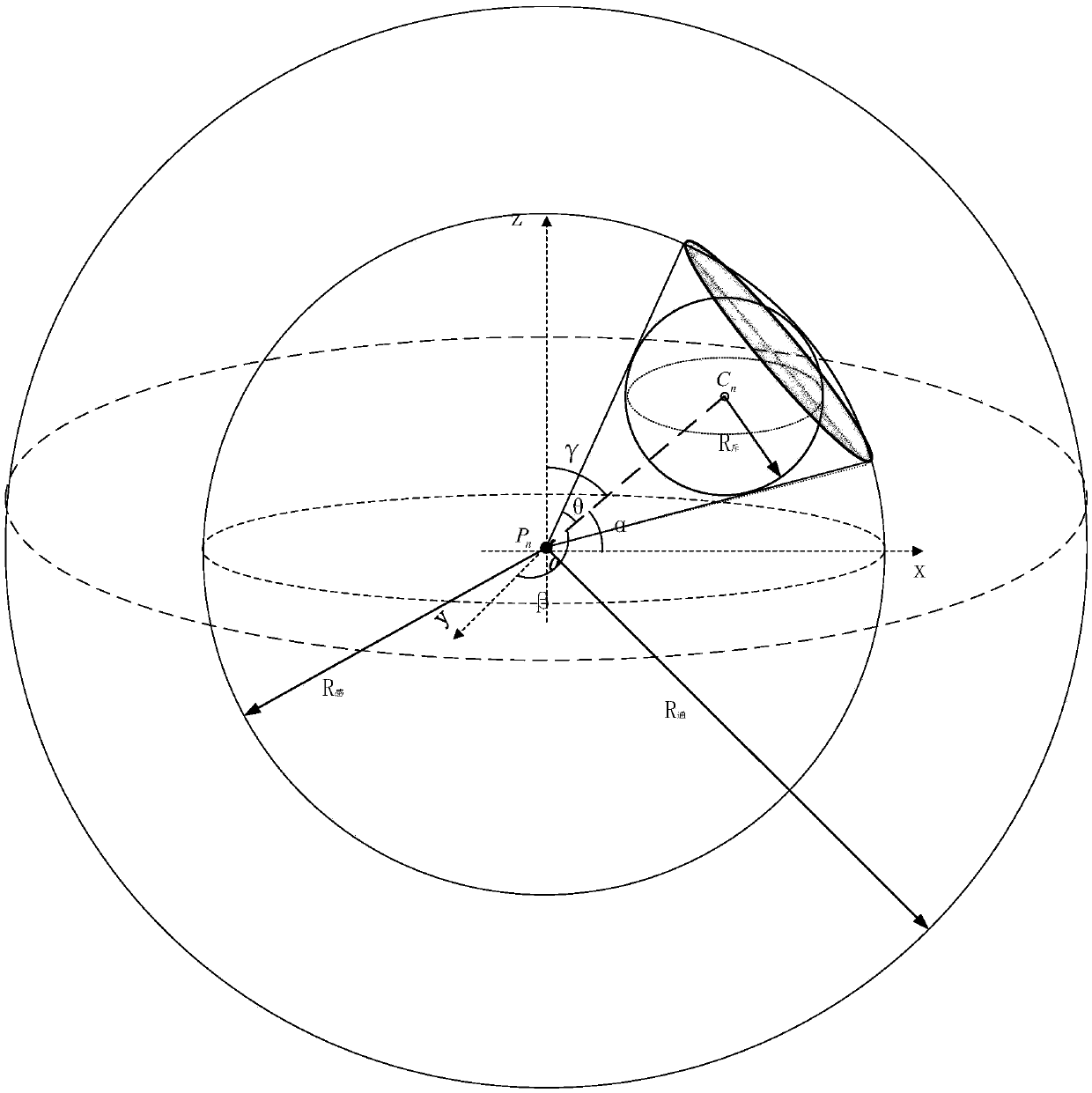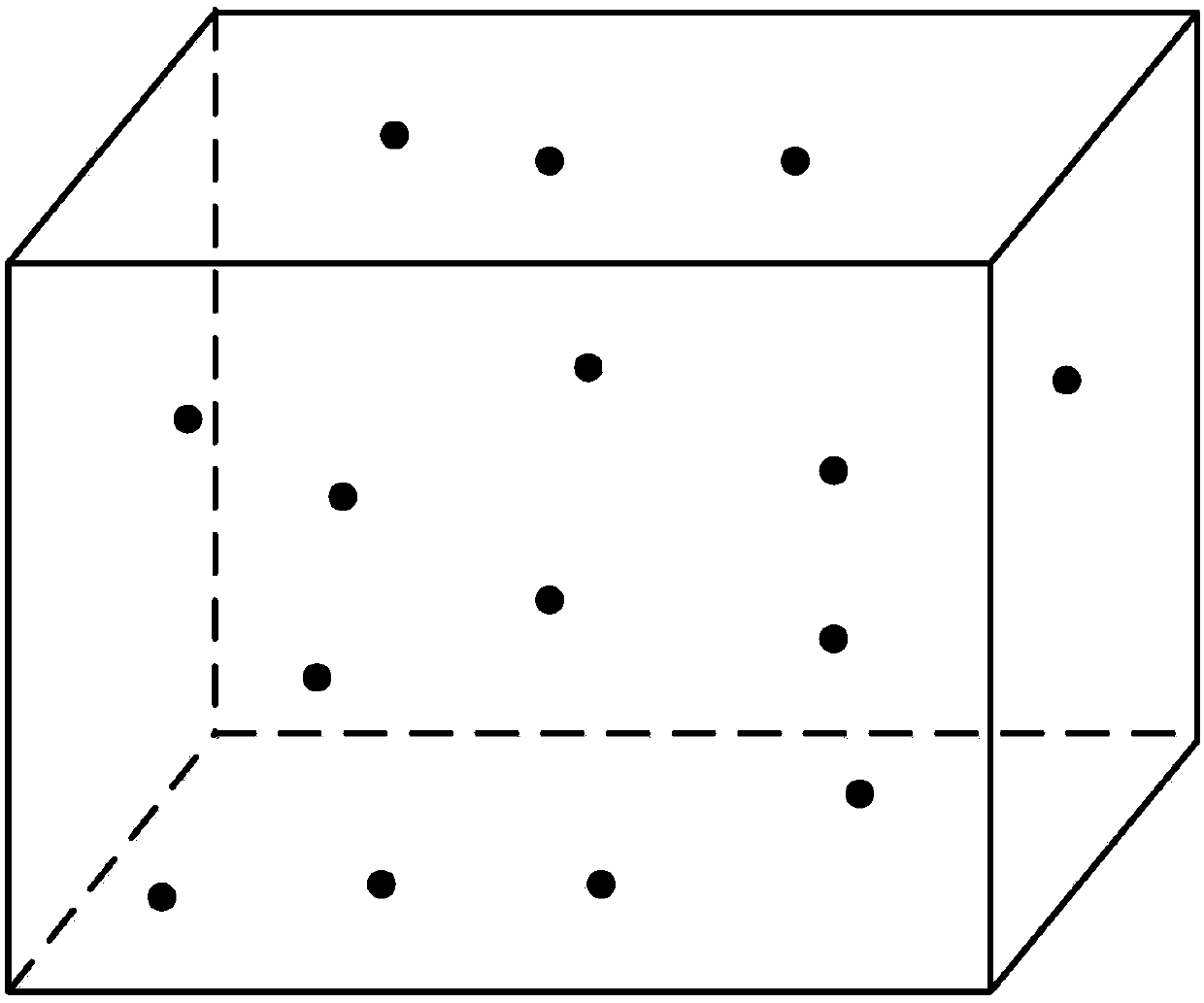Three-dimensional directed heterogeneous mobile sensor network self-deployment method based on Voronoi diagram
A mobile sensor, sensor technology, applied in network planning, network topology, data exchange network and other directions, can solve problems such as spatial area coverage
- Summary
- Abstract
- Description
- Claims
- Application Information
AI Technical Summary
Problems solved by technology
Method used
Image
Examples
Embodiment Construction
[0091] Below in conjunction with accompanying drawing, further describe the present invention through embodiment, but do not limit the scope of the present invention in any way.
[0092] The present invention provides a deployment method for a directional mobile sensor network in a three-dimensional environment. Based on the weighted Voronoi division and virtual force calculation method, the collaborative autonomous deployment process of the directional mobile sensor network is transformed into a process of autonomous movement and autonomous rotation of nodes, by This solves the problem of spatial area coverage where mobile sensor nodes are concentratedly placed in a three-dimensional space environment.
[0093] The directional mobile sensor network is composed of nodes with autonomous mobile devices and directional sensors. The sensing range of the nodes is a spherical cone with a bottom surface. The nodes are located at the top of the cone. The sensing range can be translated...
PUM
 Login to View More
Login to View More Abstract
Description
Claims
Application Information
 Login to View More
Login to View More - R&D
- Intellectual Property
- Life Sciences
- Materials
- Tech Scout
- Unparalleled Data Quality
- Higher Quality Content
- 60% Fewer Hallucinations
Browse by: Latest US Patents, China's latest patents, Technical Efficacy Thesaurus, Application Domain, Technology Topic, Popular Technical Reports.
© 2025 PatSnap. All rights reserved.Legal|Privacy policy|Modern Slavery Act Transparency Statement|Sitemap|About US| Contact US: help@patsnap.com



